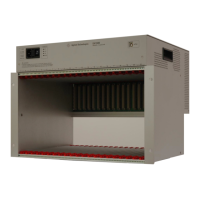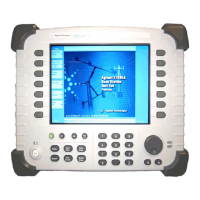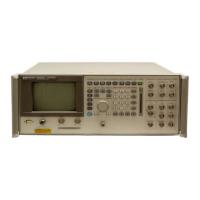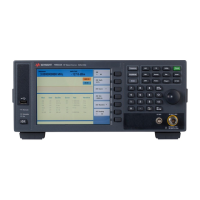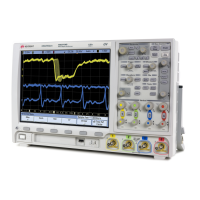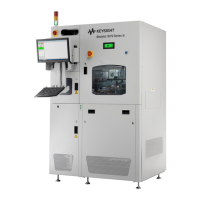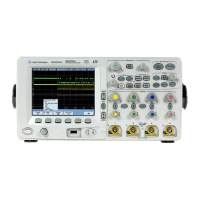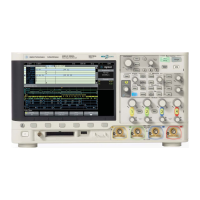Chapter 3 103
Making EDGE (with GSM) Measurements
Making the EDGE EVM Measurement
Making the EDGE EVM Measurement
Purpose
Phase and frequency errors are the measures of modulation quality for
the EDGE (with GSM) system. Since the EDGE (with GSM) system
uses the 3π/8 8PSK modulation technique, the phase and frequency
accuracies of the EDGE (with GSM) transmitter are critical to the
communications system performance and ultimately affect range.
EDGE (with GSM) receivers rely on the phase and frequency quality of
the 3π/8 8PSK modulation signal in order to achieve the expected
carrier to noise ratio. A transmitter with high phase and frequency
errors will often still be able to support phone calls during a functional
test. However, it will tend to provide difficulty for mobiles trying to
maintain service at the edge of the cell with low signal levels or under
difficult fading and Doppler conditions.
Measurement Method
The phase error of the unit under test is measured by computing the
difference between the phase of the transmitted signal and the phase of
a theoretically perfect signal.
The instrument samples the transmitter output in order to capture the
actual phase trajectory. This is then demodulated and the ideal phase
trajectory is mathematically derived. Subtracting one from the other
results in an error signal.
This measurement allows you to display these errors numerically and
graphically on the instrument display. There are graphs for EVM, Phase
Error and Mag Error in the graph windows. In the text window, there
are Evm: in % rms, in % peak at the highest symbol number, 90 % EVM
result, Mag Error: in % rms, Phase Error: in degrees, Freq Error:
in Hz, Droop in mdB/symbol, and I/Q Offset: in dB.

